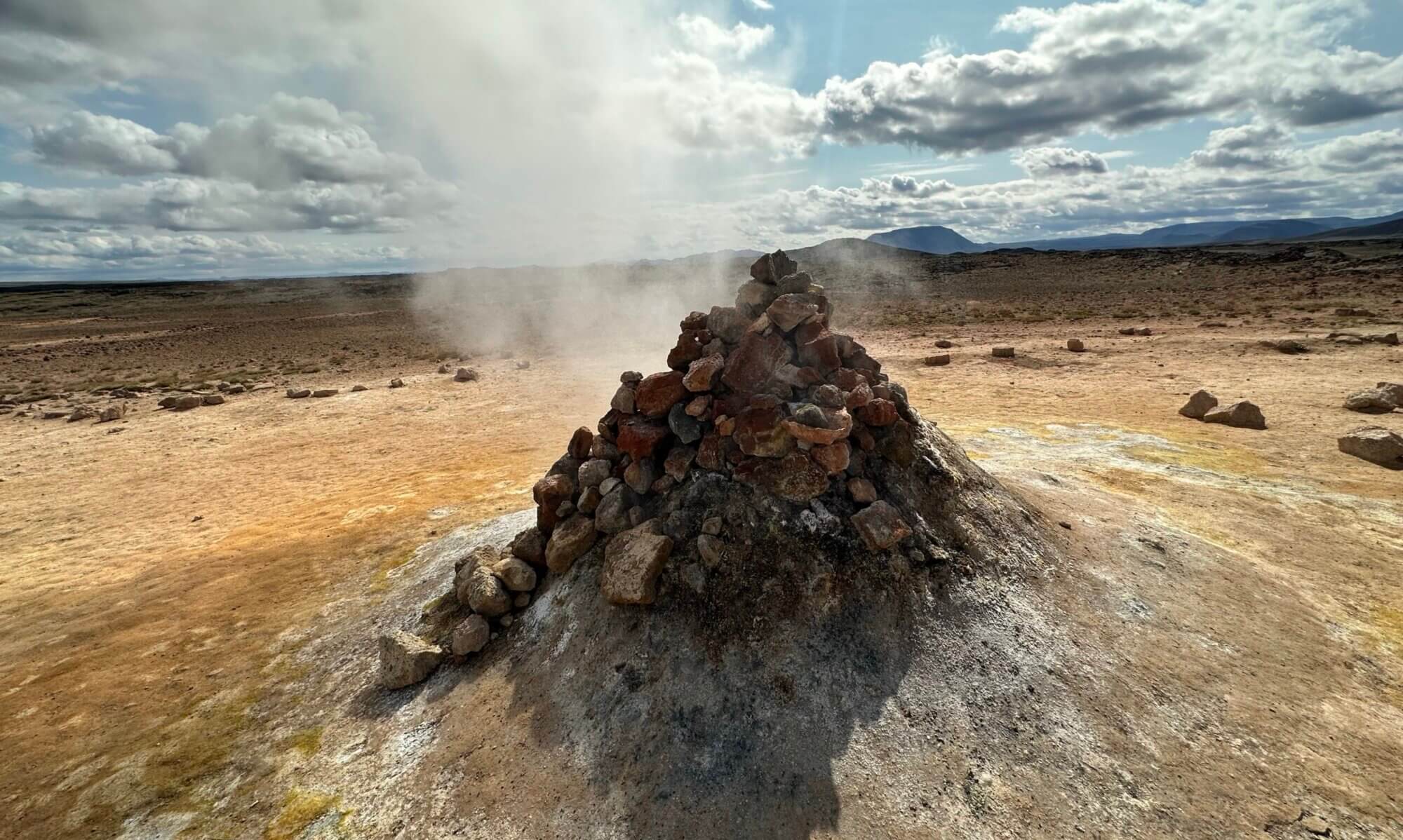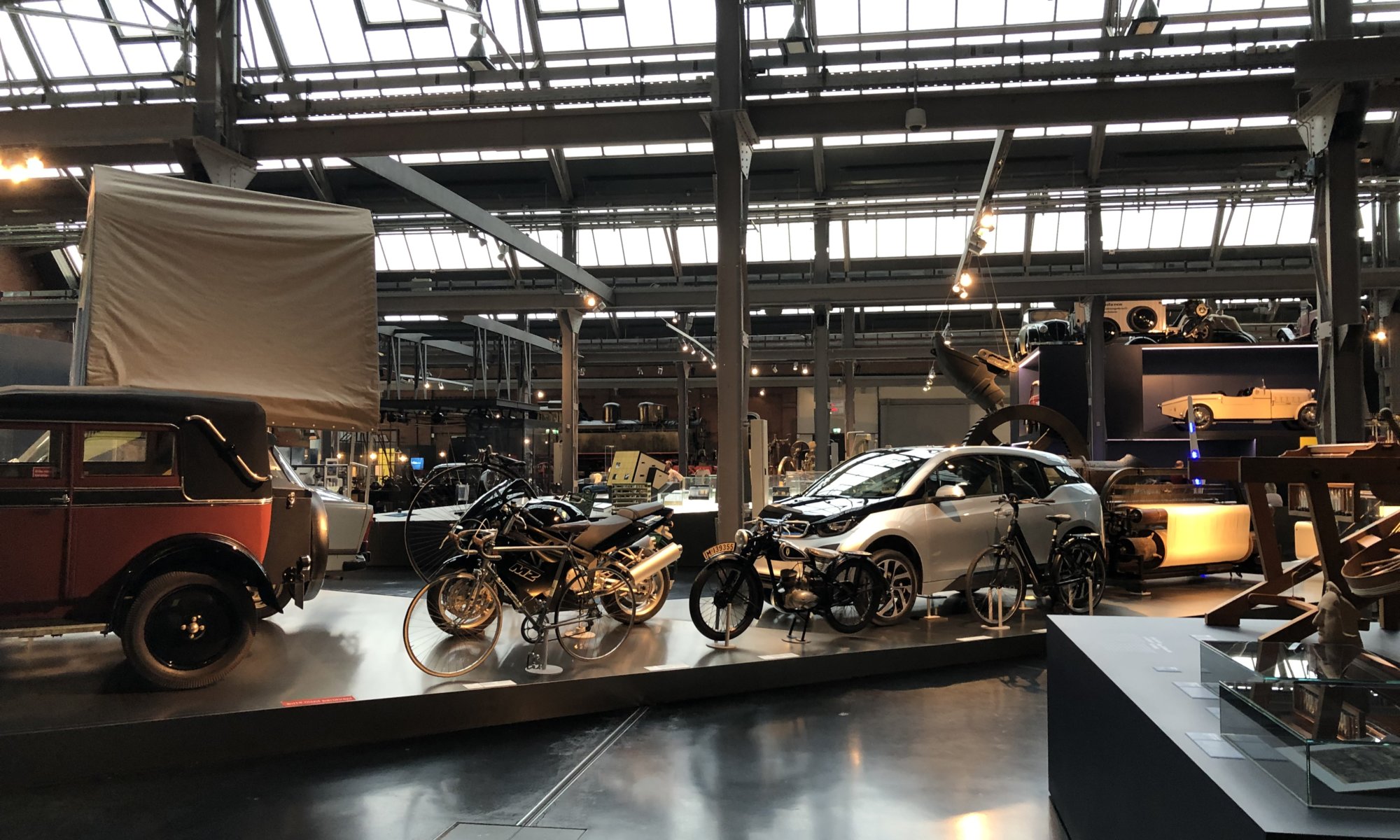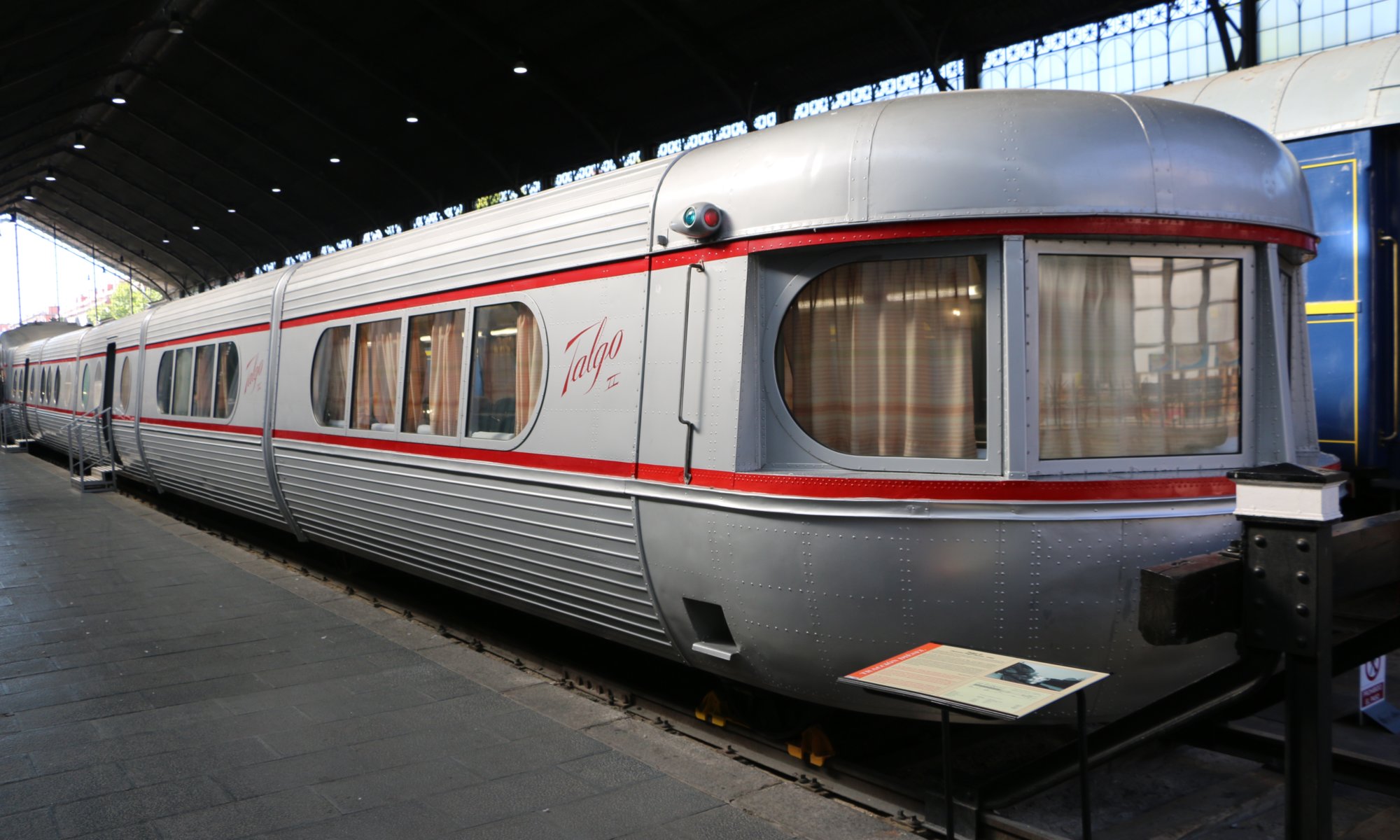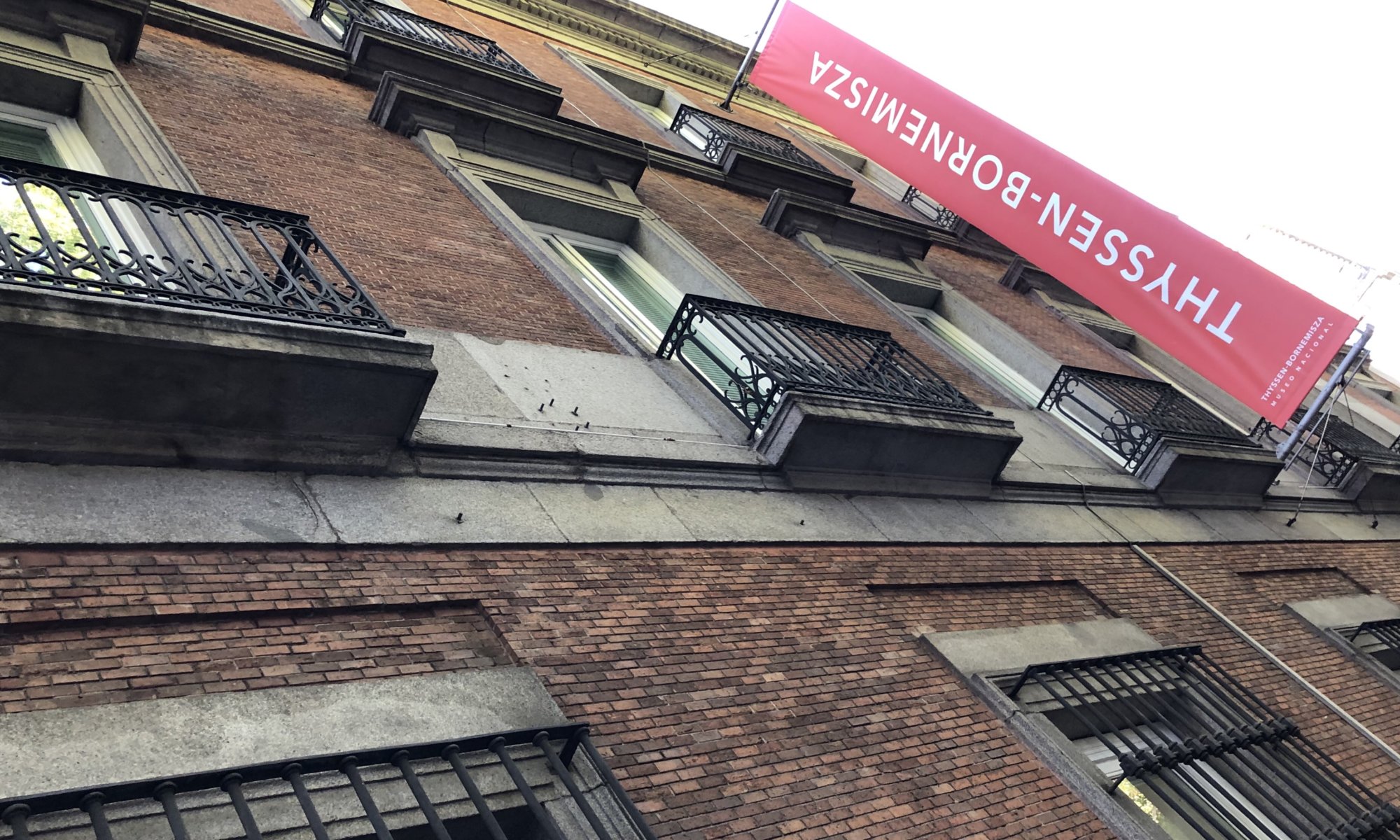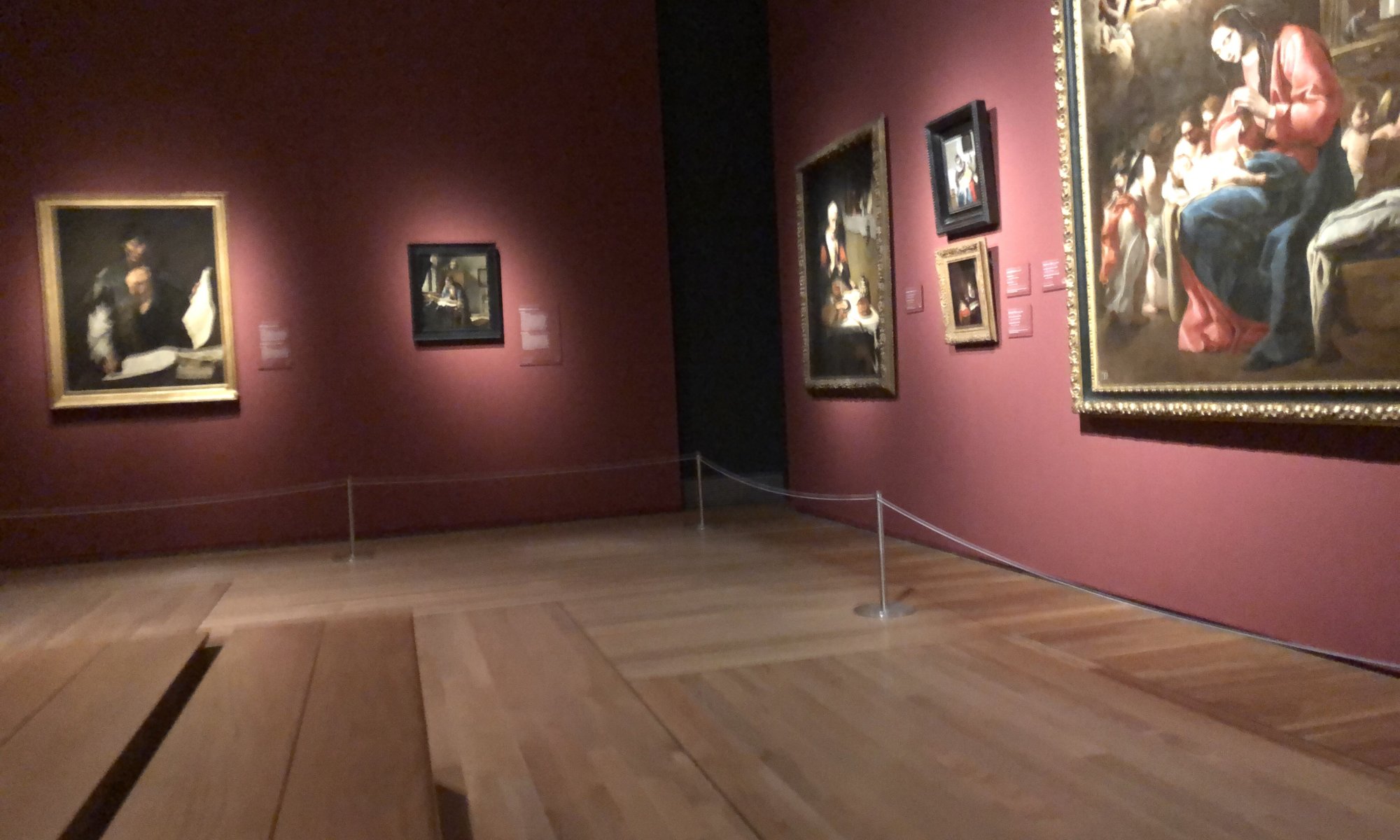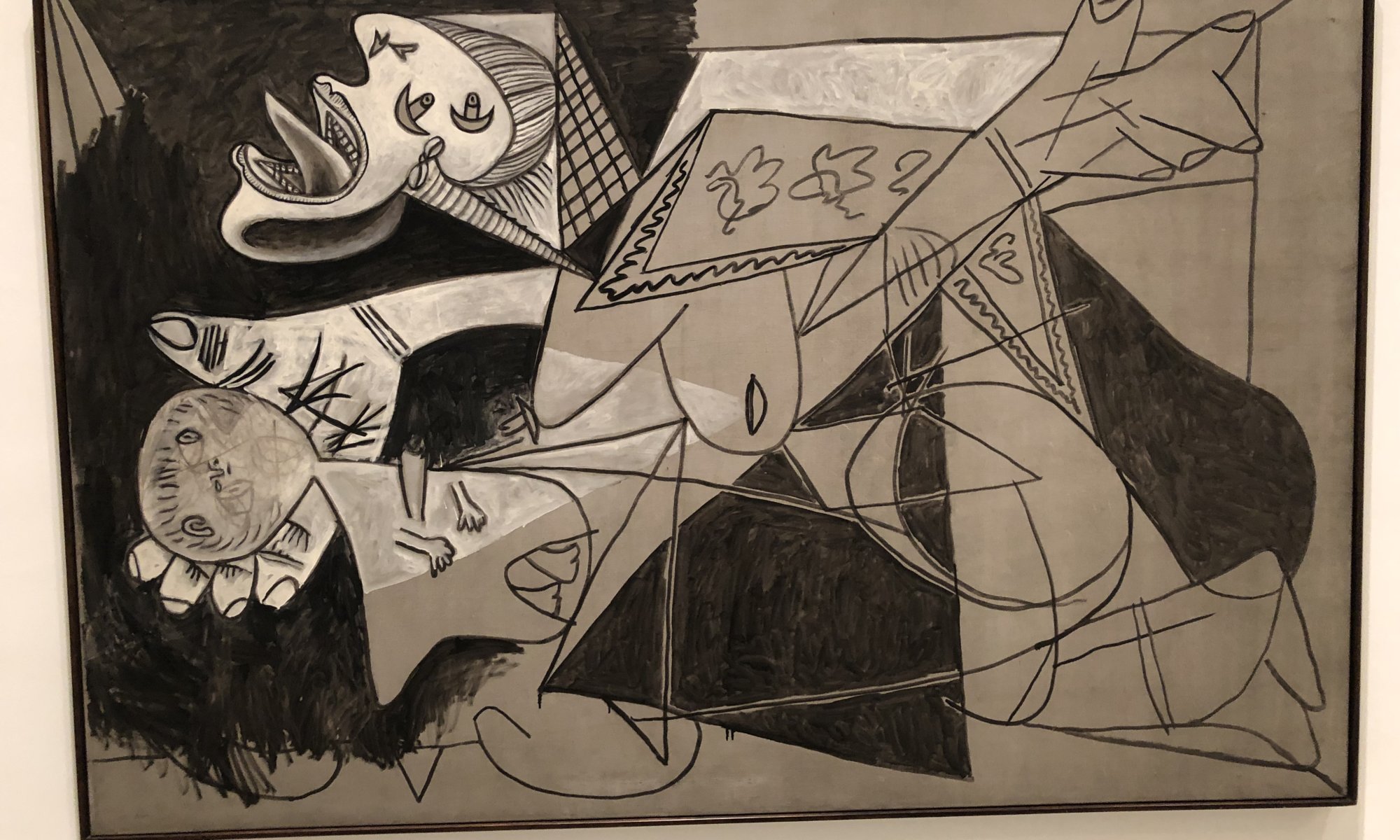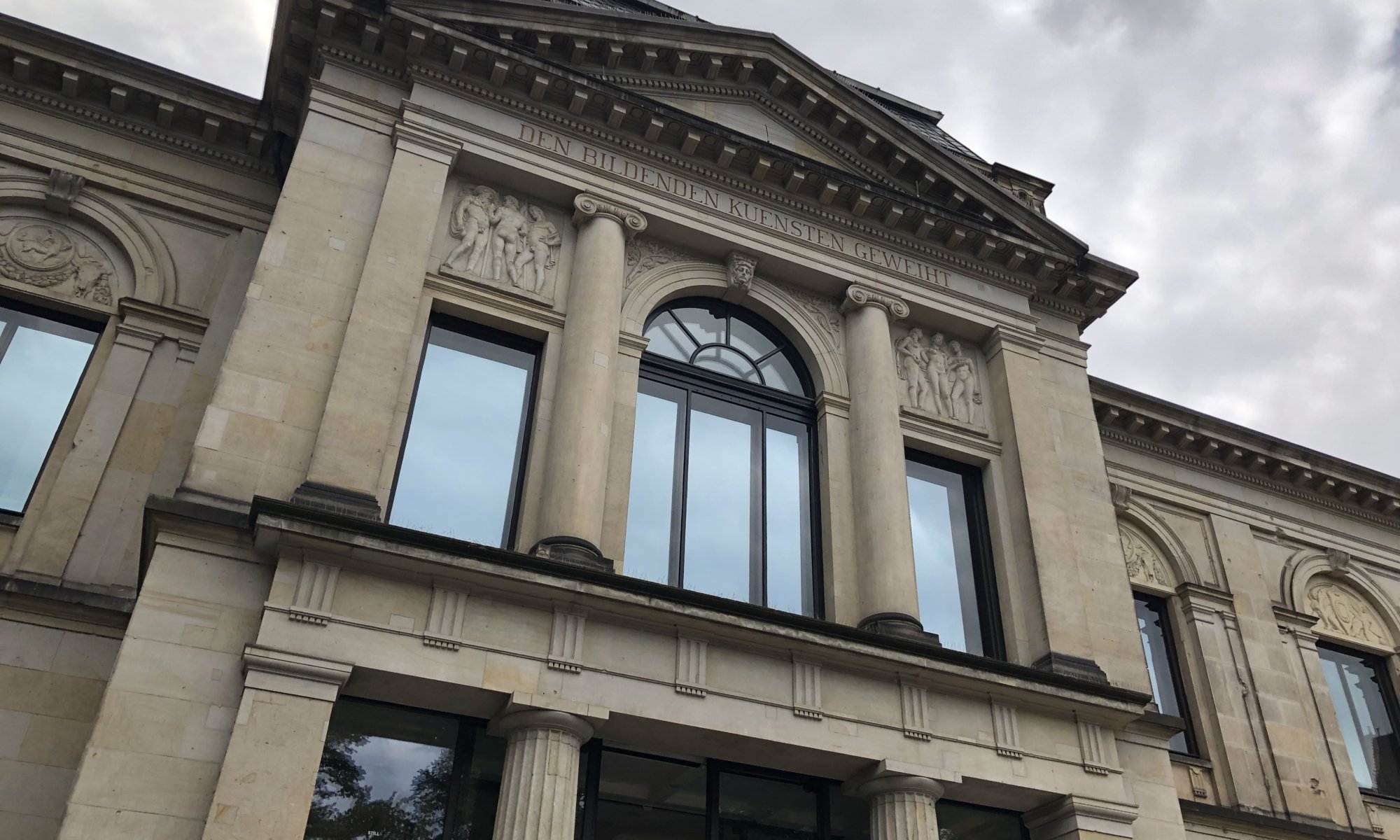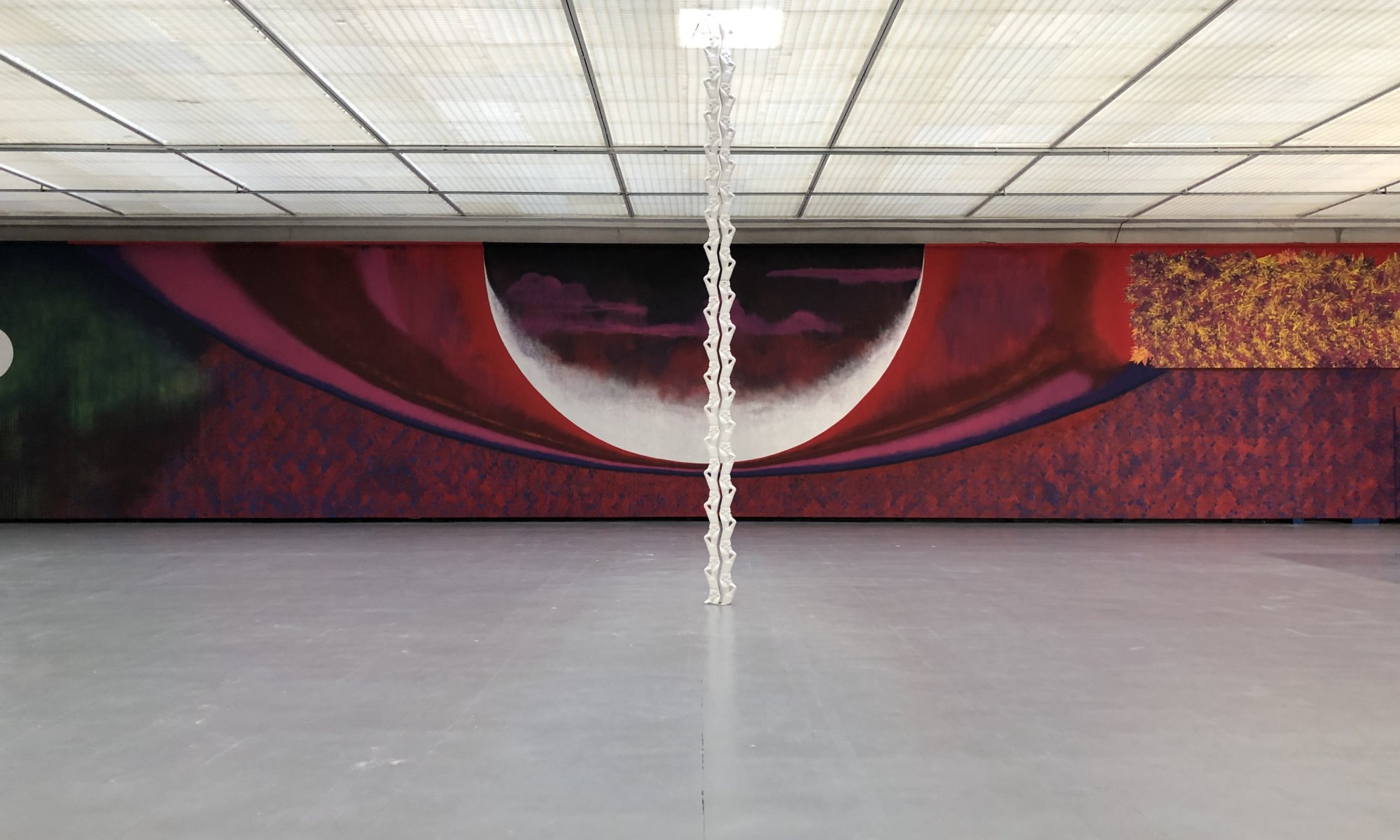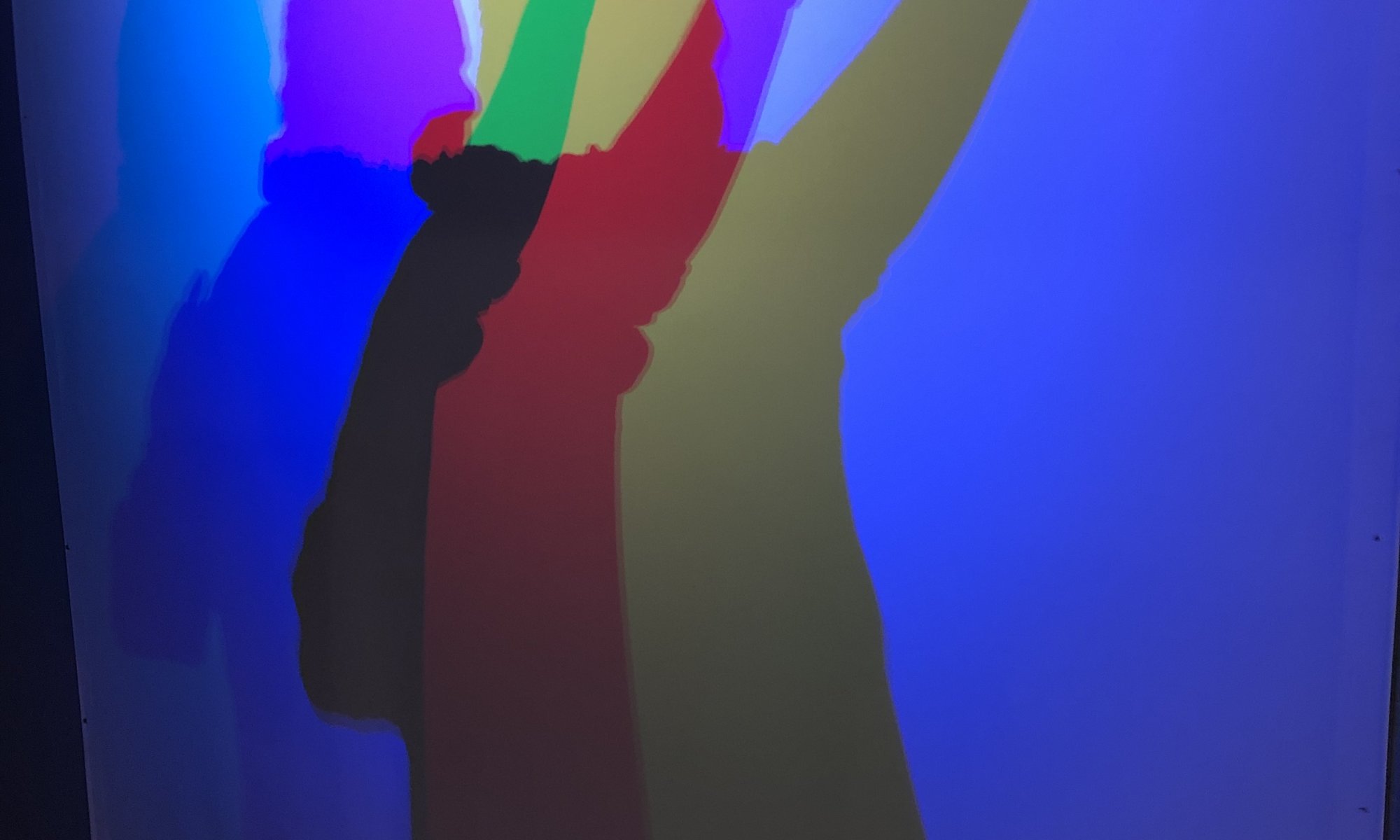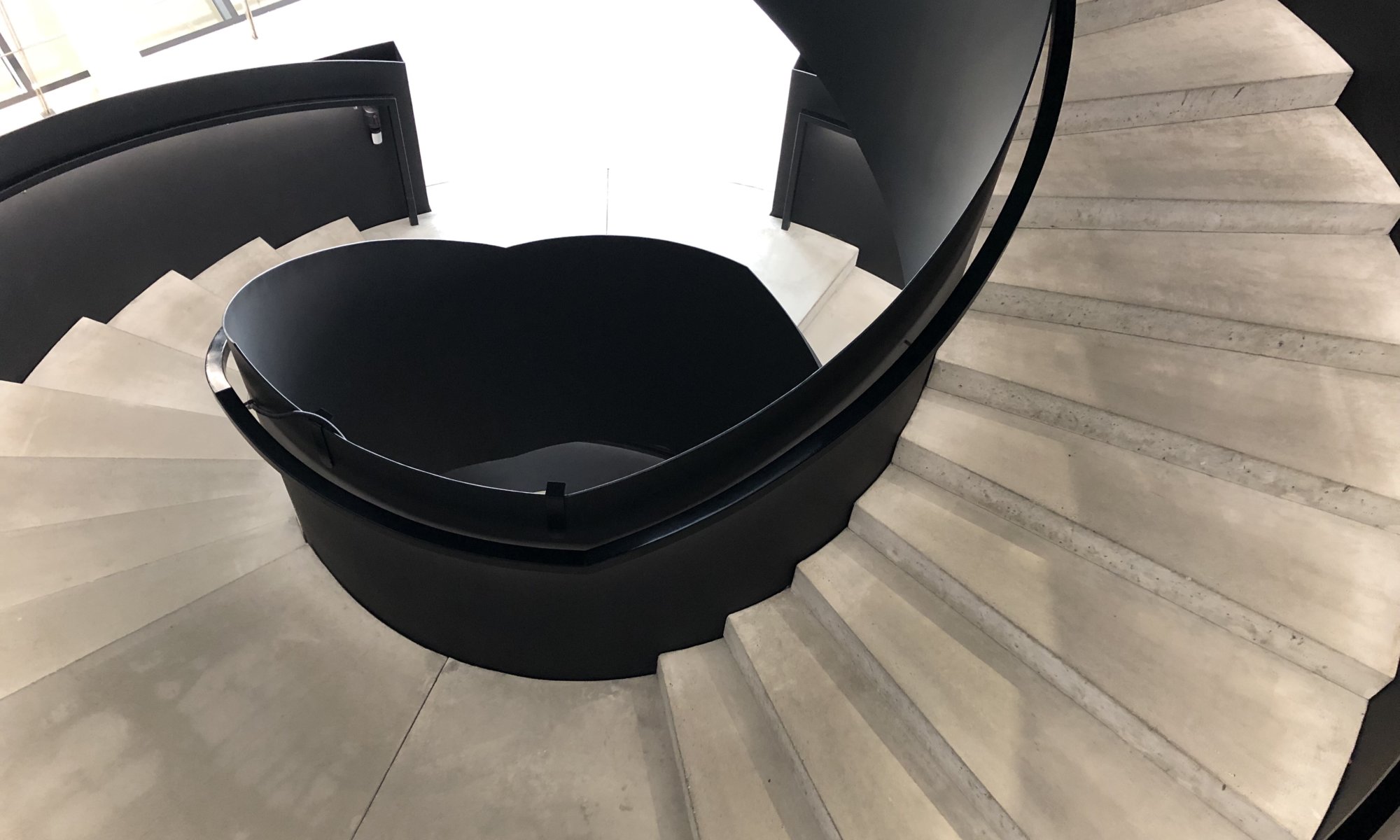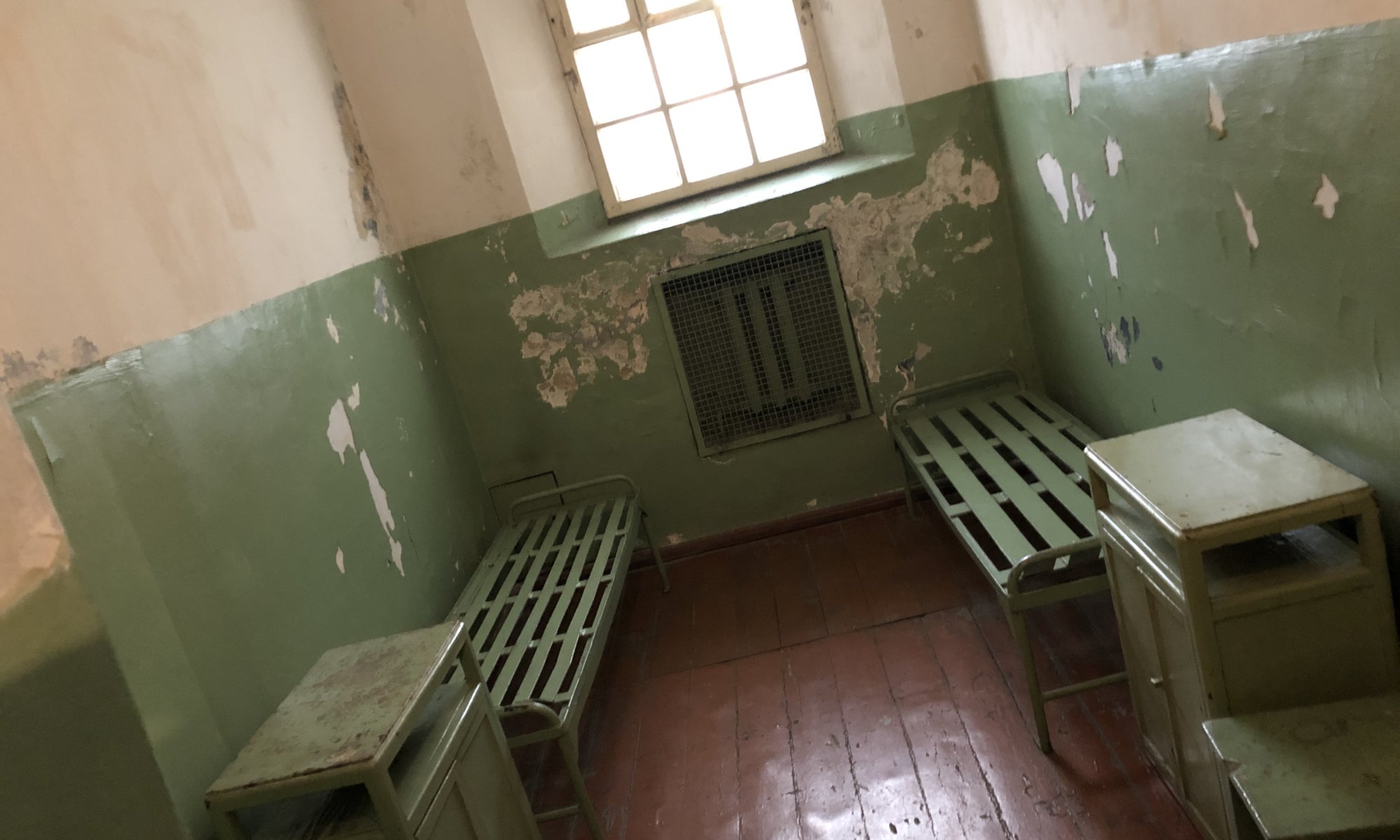The city of Chemnitz, Germany has a long industrial history: In the 18th century the production of textiles became important and due to the usage of hydropower the spinning works became efficient. During the 19th century machine construction was in focus (including steam engines and steam railway engines). Chemnitz was one of the most important industrial cities in Germany by that time and sometimes named the ‘Manchester of Saxony‘. And the 20th century was the time of car manufacturing – included all the neighboring industries ja need to build a complex car.
Continue reading “Industriemuseum”Museo del Ferrocarril
The Estación de Delicias was once an important railway station of Madrid, Spain. It was closed in 1969 and has now a second life as a railway museum (Museo del Ferrocarril). The wonderful building from 1879 is now filled with different locomotives, steam engines and railway cars. Most interesting item is the Talgo II train used between 1950 and 1972 – you can even enter it and look inside.
Continue reading “Museo del Ferrocarril”Thyssen-Bornemisza
It is one of the three major art museums of Madrid, Spain – all located close to each other and maybe the one with the most cumbersome name: the Museo Nacional Thyssen-Bornemisza. It is named after the industrials and art collectors Heinrich Thyssen and his son Hans Heinrich Thyssen-Bornemisza de Kászon. Thyssen is a name well known in Germany, the addition Bornemisza comes from a marriage with Hungarian nobility.
Continue reading “Thyssen-Bornemisza”Museo del Prado
If you love art you need to go once in a lifetime to the Museo del Prado at Madrid, Spain. It is a giant temple of art, one of the most important art museums in the world and it was opened in 1819 because Ferdinand VII of Spain wanted to have an art gallery like the Louvre. And like I got lost in the museum at Paris, France I got lost at the Prado. After some hours the art buffer in your brain flows over and you’re still not even close to have seen everything. It’s better to be well prepared and to focus on the most important works.
Continue reading “Museo del Prado”Guernica
The Museo Nacional Centro de Arte Reina Sofía is a fantastic art museum at Madrid, Spain. It resides in two interconnected buildings close to the Plaza del Emperador Carlos V and the metro stop Estación del Arte. The older building has a wonderful inner courtyard with trees and sculptures, the new building includes a wonderful roofed terrace with good views on the city. The museum itself is like a labyrinth: you can walk in it for ours, get lost and continuous discover new sections with interesting artworks.
Continue reading “Guernica”Kunsthalle
The Kunsthalle Bremen is an art museum next to the city center of Bremen, Germany. It is located between the northern end of the Osterdeich along river Weser and the Stadtgraben (the water next to the former city fortifications). From the museum it is a very short walk to the main market place. The art collection dates back to the year 1823, the current building was created in 1849.
Continue reading “Kunsthalle”Contemporary art centre
The Šiuolaikinio meno centras (ŠMC) or Contemporary Art Centre (CAC) at Vilnius, Lithuania is just a small exhibition hall for contemporary art (but not the smallest in the world, that one I found in Tirana, Albania). It was founded in 1992 by the Lithuanian Ministry of Culture and it shows artworks in five exhibition rooms.
Continue reading “Contemporary art centre”Museum of illusions
The museum of illusions (iliuzijų muziejus) is a funny place to be and for playing with optical and physical effects. It is not very big and not cheap (11 Euro per adult) but there are numerous experiments you can do and a lot of photo opportunities (like standing on a non-existing giant chair, being duplicated in different colours of light or creating the appearance that you can walk top-down on the ceiling of a room).
Continue reading “Museum of illusions”MO muziejus
It is a brand new museum for modern art: the MO museum (MO muziejus) at Vilnius, Lithuania. This museum was just opened in 2018 and already the architecture of the building – designed by Polnisch-American architect Daniel Libeskind – would be worth a visit. It was created by the initiative of two private art collectors.
Continue reading “MO muziejus”Depressive
The occupation and freedom museum (Okupacijų ir laisvės kovų muziejus) in Vilnius, Lithuania can really bring you to a bad mood. It is a museum about repression and it is located at the original place where everything happened (and there are not many authentic places like this – another example is the House of Terror at Budapest, Hungary). The building was originally a court of law, but in 1940 the Soviet KGB moved in, in 1941 the German Gestapo took over and later in 1941 the KGB came back. Both used this place for torture, interrogations and executions of political enemies.
Continue reading “Depressive”